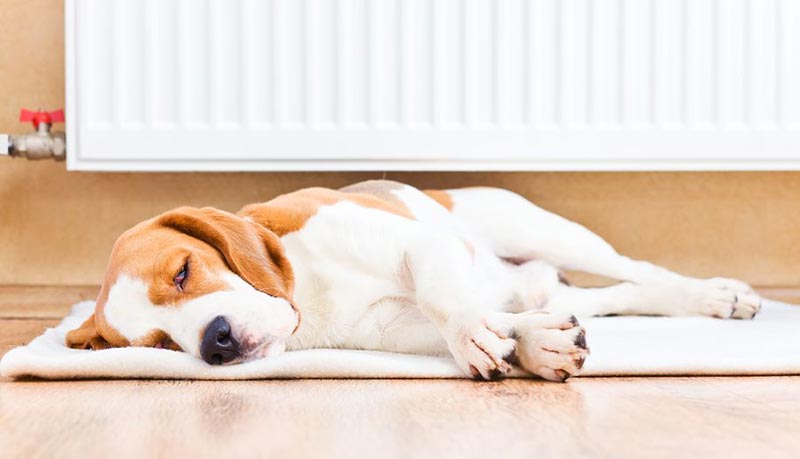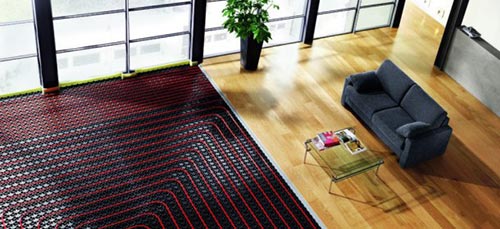Hydronic Heating

Hydronic Heating has been a proven source of heating for many years in the UK and Europe and is used extensively above the snow line in lodges and chalets.
Hydronic Heating is excellent for people with air Bourne allergies as it doesn't require fans to move the heat through the house, just a nice radiant heat off exposed wall mounted panels or in the concrete floor utilising piping to convey water to the areas of your choice and balanced via a manifold placed in a convenient location, the is generated via a gas fired boiler externally or internally located and also electric heat pump.
Hydronic Heating can also easily be installed into existing dwellings, so when thinking of what to put in that new house or tired of your existing system give hydronic heating a thought as you won't be disappointed.
The concept of hydronic heating is to utilise radiant heat rather than conditioned air to level out the temperature to achieve a more balanced distribution of heat to the home.
It works by using a boiler to heat water and pump it through special piping which has been run throughout the entire home either using the underfloor method or panels – for more information please select which system based on your situation.
There are 2 main types of hydronic heating. Please click on the links below to explore further.
Under Floor Heating
Panel Heating


The objective of under-floor hydronic heating is to maintain a level of comfort consistently throughout winter. It is not designed as a quick fix heat rush that a gas ducted heater can provide as sometimes it can take up to 48 hours to completely heat up, the upside to this is a great reduction in running costs, more stable temperatures, cleaner operation (not blowing air around the house) and a less intrusive design outcome – no supply grilles and return grille.
Hydronic panel heating is the alternative to underfloor heating if you already have a constructed house. The great feature with panel heating is the extensive designs, shapes and colours available making them very flexible to use with every room.
Utilising the same principles as underfloor heating, instead of pumping the hot water through conduit under the floor, it pumps into panels from a central manifold.
The only real difference is that each panel needs to be sized correctly in order to efficiently heat each room, this is where the flexibility in size and shape assist in getting the right outcome you are looking for.
